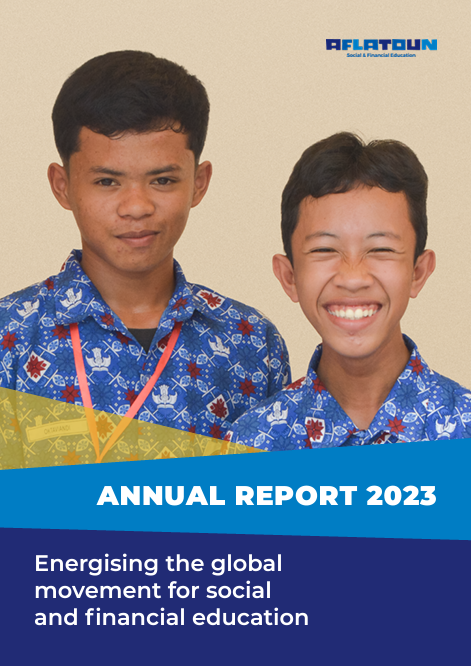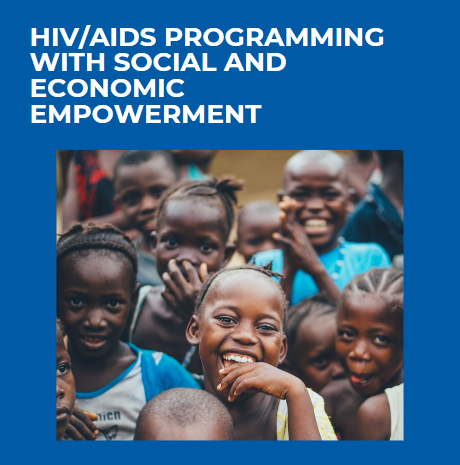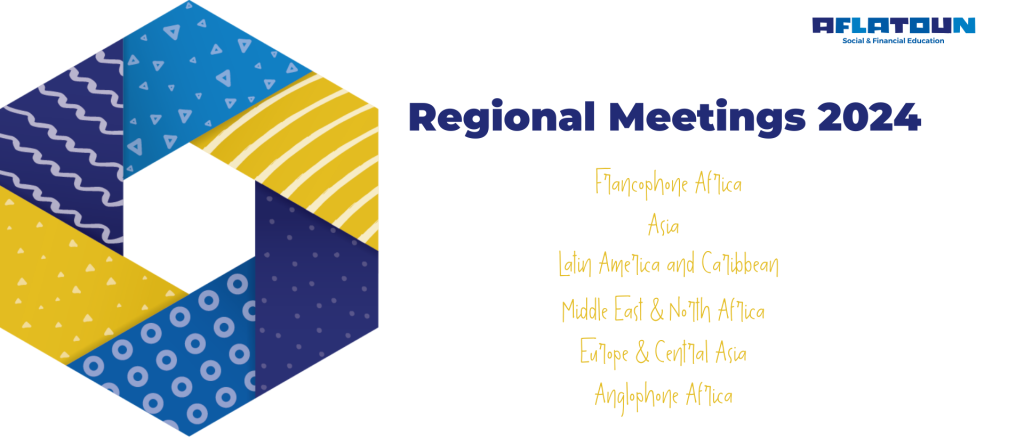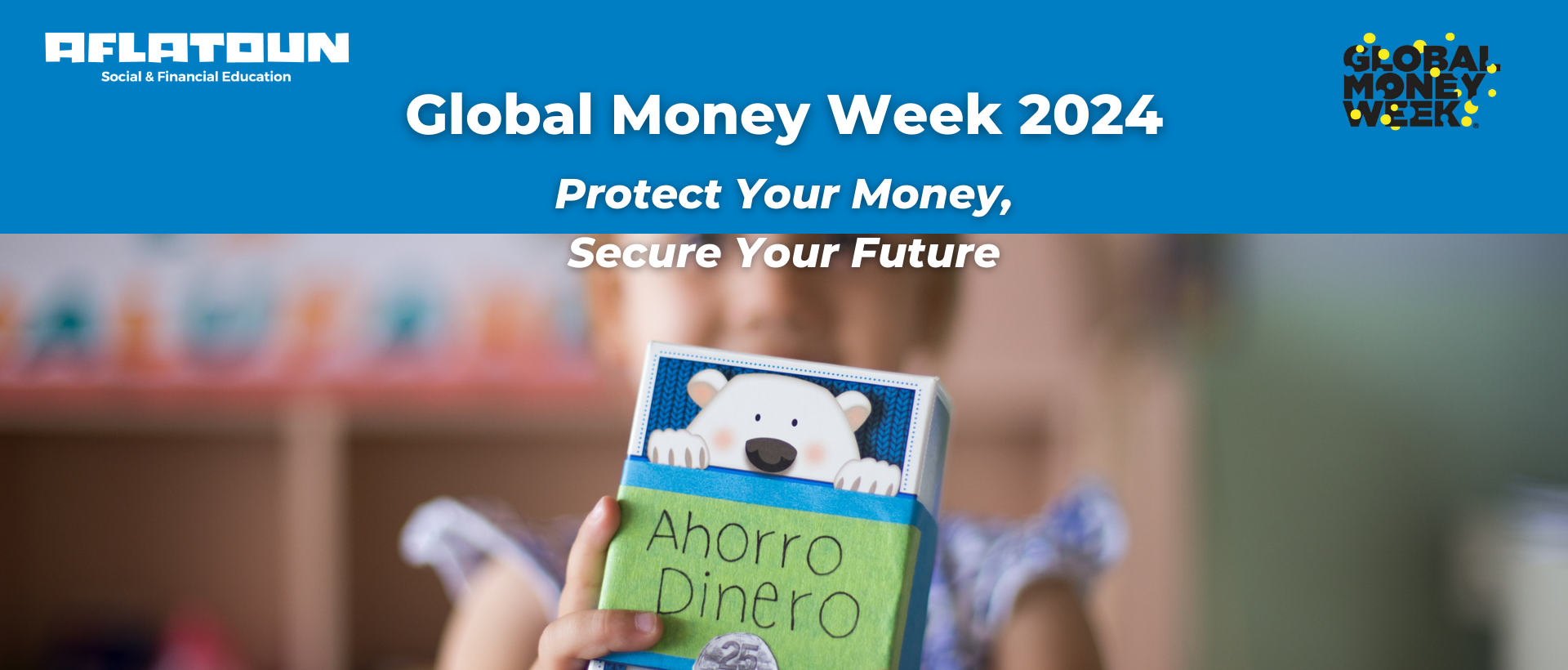
Zunara Nauman
Education Specialist
In today’s rapidly evolving learning landscape, educators and curriculum designers face the exciting challenge of meeting the distinct learning needs of different generations. Each generation brings unique traits shaped by the time and world they’ve grown up in—directly influencing how and why they learn.
Generational learning differences refer to the varying ways in which learners absorb, process, and engage with information based on their age and birth cohort. These differences are shaped by access to evolving technologies, shifting social norms, and diverse cultural contexts—and must be thoughtfully addressed in the design of modern education.
Understanding Generation Z
Drawing from various researches, we gain a deeper understanding of Generation Z’s evolving behaviours, values, and expectations in education.
Age Group: Born approximately between 1997–2012 (ages 13–28 Approx)
Overview: Often called “digital natives,” Generation Z is the first generation to grow up entirely in the digital age. Constant connectivity, social media, and instant access to information have shaped not only how they communicate, but also how they learn and engage with the world. As they transition into higher education and the workforce, they carry with them a strong preference for meaningful, tech-integrated learning experiences. Gen Z carry some key characteristics like:
- Prefer interactive, visual, and media-rich content
- Thrive on short-form, mobile-first, and on-demand learning formats
- Expect instant access, personalized pathways, and real-world application
- Respond positively to gamified experiences and AI-powered feedback
- Show strong interest in peer collaboration and social-emotional learning
- Have shorter attention spans, shaped by high-speed digital consumption
- Value flexibility, autonomy, and learner control over pace and path
- Bring high digital fluency into the workforce, paired with a search for purpose
- Often raised by Generation X or older Millennials, fostering relationships based on transparency, digital engagement, and mutual influence
Generation Z’s learning preferences are shaped by their fast-paced, tech-saturated environments, and their desire for autonomy, relevance, and engagement.
Z’s Learning Needs: Gen Z learners require content that is purpose-driven and applicable to real life. They respond best when given agency in how and what they learn, with options for self-navigation and exploration.
Z’s Learning Styles: They gravitate toward multimedia learning, short and structured formats, and highly visual, interactive content. Collaborations, scenario-based learning, and simulations work well.
Z’s Learning Preferences: They appreciate personalized learning journeys, gamification (*digital), and platforms that provide real-time feedback and progress tracking.
They learn best through blended approaches that combine microlearning, challenge-based tasks, peer interaction, and opportunities to explore meaning and impact.
Because they’re facing:
- rising education costs
- unpredictable job markets
- outdated curricula that don’t reflect real-world needs
And they’re right to pivot.
Today’s youth understand that skills aren’t just pathways to jobs—they are the building blocks of innovation, self-reliance, and sustainable social progress. But too often, their journey is blocked by:
- a mismatch between education and labour market needs
- limited access to accredited, flexible learning pathways
- lack of foundational, future-ready soft skills integrated into training
Getting to Know Generation Alpha
Generation Alpha represents a leap into deeper digital immersion. Since they opened eyes, they are shaped by real-time feedback, hyper-personalized technology, and a globally aware, environmentally conscious mindset.
Age Group: Born between 2013–2025 (ages 0–12 Approx)
Overview: As the most tech-immersed generation to date, Generation Alpha is growing up surrounded by voice assistants, AI-powered tools, touchscreens, and immersive media. Their early exposure to digital systems is not just passive—it actively shapes how they think, interact, and learn. This generation is defined by their ability to intuitively navigate technology and absorb information across multiple platforms and formats. Gen Z carry some key characteristics like:
- Born into a screen-first, voice-activated, AI-supported world
- Prefer visual, gamified, and tactile learning experiences
- Strong affinity for short, high-impact content across platforms
- Highly responsive to personalization, adaptive learning, and instant feedback
- Show natural comfort with emerging tools like AR/VR and wearables
- Likely to have shorter attention spans, but high digital fluency and cognitive flexibility
- Socially aware and environmentally conscious from an early age
- Typically raised by Millennials (born 1981–1996), with relationships marked by emotional openness, high parental involvement, and shared use of digital tools that influence early learning behaviours
As digital-first learners growing up in an unpredictable and tech-saturated world, Generation Alpha’s learning environment must be dynamic, inclusive, and emotionally responsive.
Alpha’s Learning Needs: These learners need emotionally safe, intuitive, and stimulating spaces that encourage curiosity and creativity. They benefit from clear structure blended with exploration.
Alpha’s Learning Styles: Gen Alpha thrives in hands-on, play-based, and inquiry-driven learning settings. They respond best to content that is visual, story-driven, and interactive.
Alpha’s Learning Preferences: Short bursts of gamified learning, immediate feedback, and experiences that feel more like “play” than “study” help them stay engaged and retain concepts.
They learn best through experiential, exploratory, and visually rich environments where they are encouraged to imagine, test, build, and reflect.
Core considerations and Challenges for Generational Relevance
Critical is to visualize, design, develop, and deliver education based on several core considerations:
- Generational mindset: Understanding how each generation perceives learning and motivation
- Developmental stage: Catering to the cognitive, emotional, and social maturity of the learner
- Media relationship: Designing around digital fluency, device use, and engagement patterns
- Global realities: Accounting for factors like climate change, digital transformation, job trends, and equity in access
Designing across generations brings unique challenges:
Designing for Inclusion: We recognize that even within the same generation, learners may differ widely in their access to education, connectivity, or learning environments. This is where one of our greatest design responsibilities lies: crafting inclusive learning journeys that balance online and offline options, adapt to local realities, and remain respectful of cultural and linguistic diversity.
Neuroplasticity: Younger learners are still developing neural pathways and benefit most from immersive, sensory-rich learning. Adults, whose cognitive structures are more established, often need experiential content that connects with prior knowledge.
Attention spans: Generation Z may disengage quickly if content lacks interaction or meaning, while Generation Alpha expects high visual and emotional stimulation.
Technology saturation: Adult learners might resist heavily gamified or digital formats if they lack clear purpose or relevance.
Access gaps: Disparities in internet access, device availability, and formal schooling continue to affect learners across all ages and regions.
At Aflatoun International, we serve learners from ages 3 to 29. Within this wide age range, we acknowledge that generational identities—shaped by upbringing, technology, and global events—deeply influence cognitive preferences, emotional readiness, and expectations from learning. A uniform approach cannot meet these needs. Our design must be intentional, flexible, and learner-centric.
Our Response
To address these, we implement multi-modal learning strategies—balancing high-tech with low-tech delivery, combining methodologies and technologies, and integrating both structure and exploration with a range but not limited to:
- Psychographic insights to align learning with motivation and emotional readiness
- Demographic awareness to adapt content for diverse audiences
- Environmental consciousness to embed sustainability in the learning experience
- Future-ready skills to prepare all learners for a fast-changing world
- Contextual and purpose understanding to ensure content is aligned with learners’ lived experiences, values, and the broader social realities they navigate
- Learner profiling to understand each group’s background, access levels, cognitive development stage, and learning conditions—enabling tailored content and pacing
Ultimately, designing for generational impact means creating learning that not only meets the learner where they are—but prepares them for where the world is heading.











